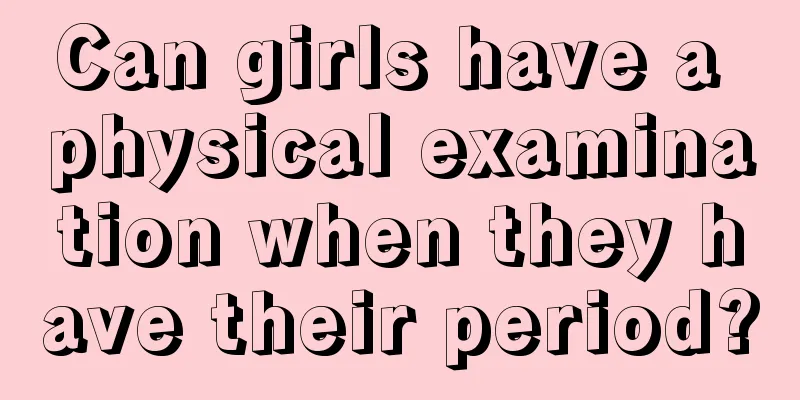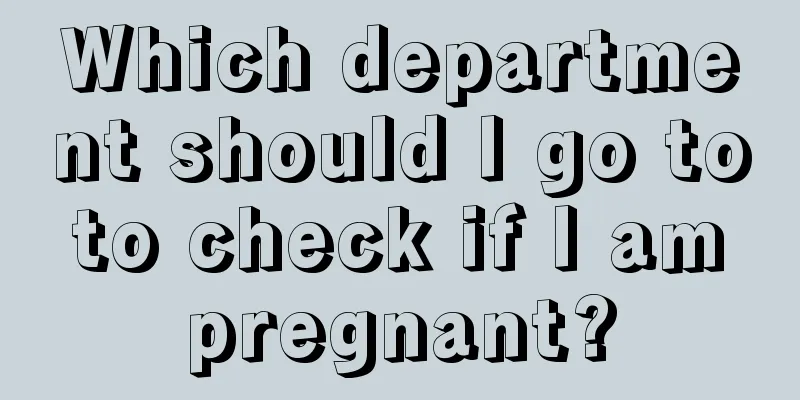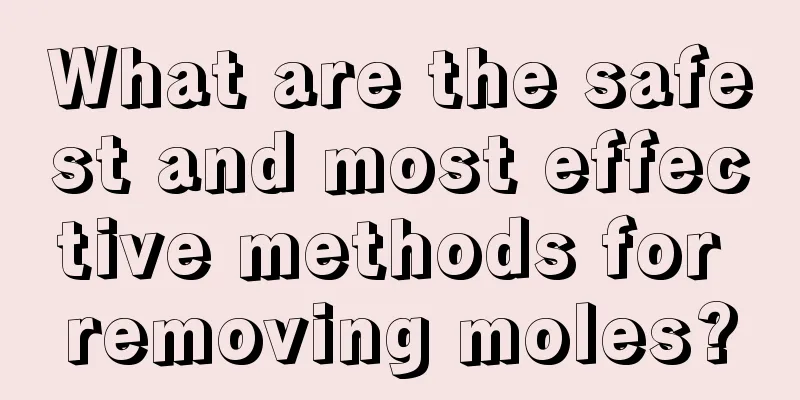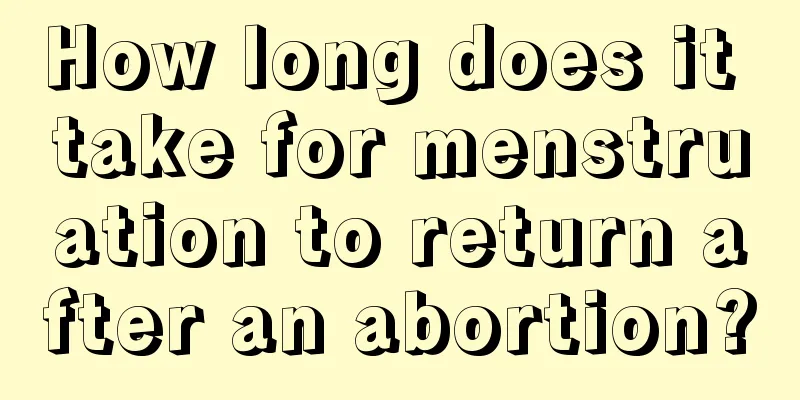Do I need to wear a mask all the time? When do I not need to wear a mask?
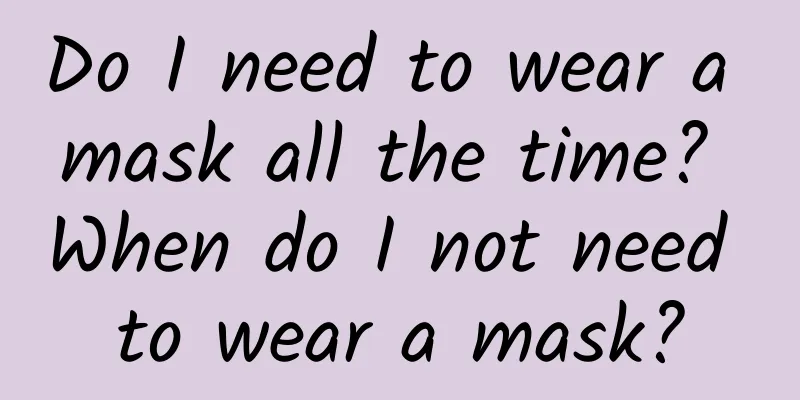
|
We all know that masks are a common type of protective equipment. They have a very good protective effect and can prevent infection with the new coronavirus. The use of masks also has certain requirements. So should masks be worn all the time? Let's take a closer look! Do I need to wear a mask all the time?You don’t need to wear a mask at home or in well-ventilated places with low crowd density. In non-epidemic areas, when you are alone in an open and ventilated place, you do not need to wear a mask. If there are visitors, you should keep a distance of more than one meter. Citizens do not need to wear a mask when driving alone. In a well-ventilated office, single people can also not wear a mask. Wu Zunyou, chief epidemiologist and researcher at the Chinese Center for Disease Control and Prevention, has called for ordinary people to replace ordinary surgical masks every 1 to 2 days. There is no need to disinfect or heat them, and under normal circumstances, there is no need to wear professional masks such as N95. When not to wear a maskWu Zunyou, chief epidemiologist and researcher at the Chinese Center for Disease Control and Prevention, believes that if a person is at home alone or if the family has never gone out, there is no need to wear a mask at home; in the community, if there is no epidemic of COVID-19 in the community, there is no need to wear a mask outdoors. Feng Luzhao, a researcher at the Infectious Disease Prevention and Control Division of the Chinese Center for Disease Control and Prevention, said that if you are alone, such as at home without contact with outsiders, including in a private car, or walking alone outdoors, in a community, or in a park with few pedestrians, there is no need to wear a mask. The "Technical Guidelines for the Selection and Use of Masks for Preventing Novel Coronavirus Infections among Different Populations" recently issued by the Joint Prevention and Control Mechanism of the State Council for the Response to the Novel Coronavirus Pneumonia Epidemic also mentioned that people who engage in indoor activities at home, scattered residents, outdoor activities including children and students in open places/venues, and workers in well-ventilated workplaces are all low-risk exposure personnel. These people do not need to wear masks at home, in well-ventilated places and in low-density places. Non-medical masks, such as cotton yarn, activated carbon and sponge masks, have a certain protective effect and can also reduce the spread of droplets produced by coughing, sneezing and talking, and can be used according to the situation. How to wear a mask betterWash your hands before wearing a mask. Avoid touching the inside of the mask with your hands while wearing it to reduce the possibility of contamination. Distinguish the inside and outside, top and bottom of the mask. The light-colored side is the inner layer, which should be close to the mouth and nose, and the dark side faces outward. The end of the metal strip "nose clip" is the top of the mask. Do not wear it upside down, and do not wear it on both sides alternately. Replace the mask in time if it leaks, and do not wear the mask for more than four hours. Do not touch the front of the mask (the contaminated side). First untie the lower straps, then the upper straps. Pinch the straps of the mask with your fingers and throw them into the corresponding trash can. Wash your hands after taking off the mask. What should I pay attention to when using masks?1. Disinfection and reuse of masks is a helpless measure due to material shortages. N95-level masks can be used multiple times, but in principle, disposable medical masks are not recommended for reuse. 2. After disinfection, if you find that the nose clip of the mask is not tight, or the airtightness of the mask is not as good as before, please stop using it immediately! 3. Disinfection method is only suitable for low-risk groups: those who are not in Hubei area, are not medical staff, do not go to hospitals, and do not come into contact with patients. 4. When entering and leaving crowded and enclosed places, it is recommended not to use disinfection methods, and the mask should be discarded directly after use. |
>>: What kind of masks are unqualified? How to tell whether disposable medical masks are qualified?
Recommend
15 Foods to Avoid During Period
Menstruation is a physiological phenomenon that o...
Breast pain during feeding
Breastfeeding is a critical period in a woman'...
Is it normal to have itchy vagina during menstruation?
Women experience itching down there during menstr...
Four dangerous conditions of heavy menstrual flow
Increased menstrual volume: Menstrual volume 80ml...
Are there "north-south differences" in the occurrence of chronic diseases? Why are people in the north more likely to suffer from hypertension and diabetes?
Are there "north-south differences" in ...
Vulvar pruritus
Many patients are asking this question. According...
Can I use moxibustion on my chest?
We all know that women's breasts are particul...
Intrauterine adhesions, 7 months pregnant
Pregnancy is a process that every woman must go t...
What are the methods for treating adnexitis?
When treating adnexitis, attention should be paid...
Why is my leucorrhea so thick?
Leucorrhea is a normal physiological characterist...
A 21-year-old woman has suffered from glaucoma for more than 10 years. Doctors: Once diagnosed, lifelong follow-up examinations are required to prevent blindness
The second week of March every year is World Glau...
What are the symptoms of calcium deficiency in pregnant women
We all know that the physical condition of pregna...
What to do if your water breaks at home
The breaking of amniotic fluid is an important si...
How to tell if your breasts are empty
Women’s breasts are a symbol of their sexuality, ...




